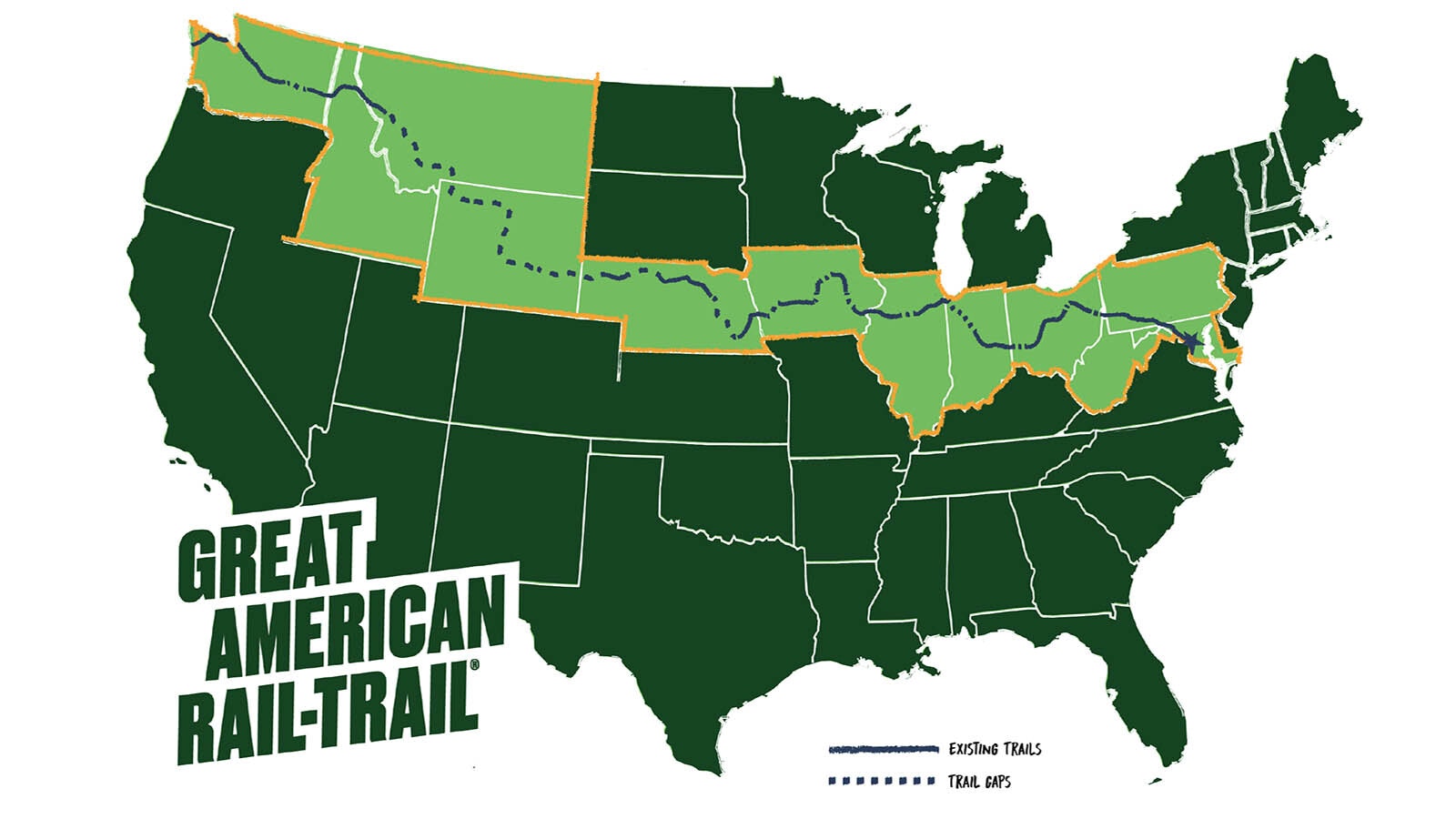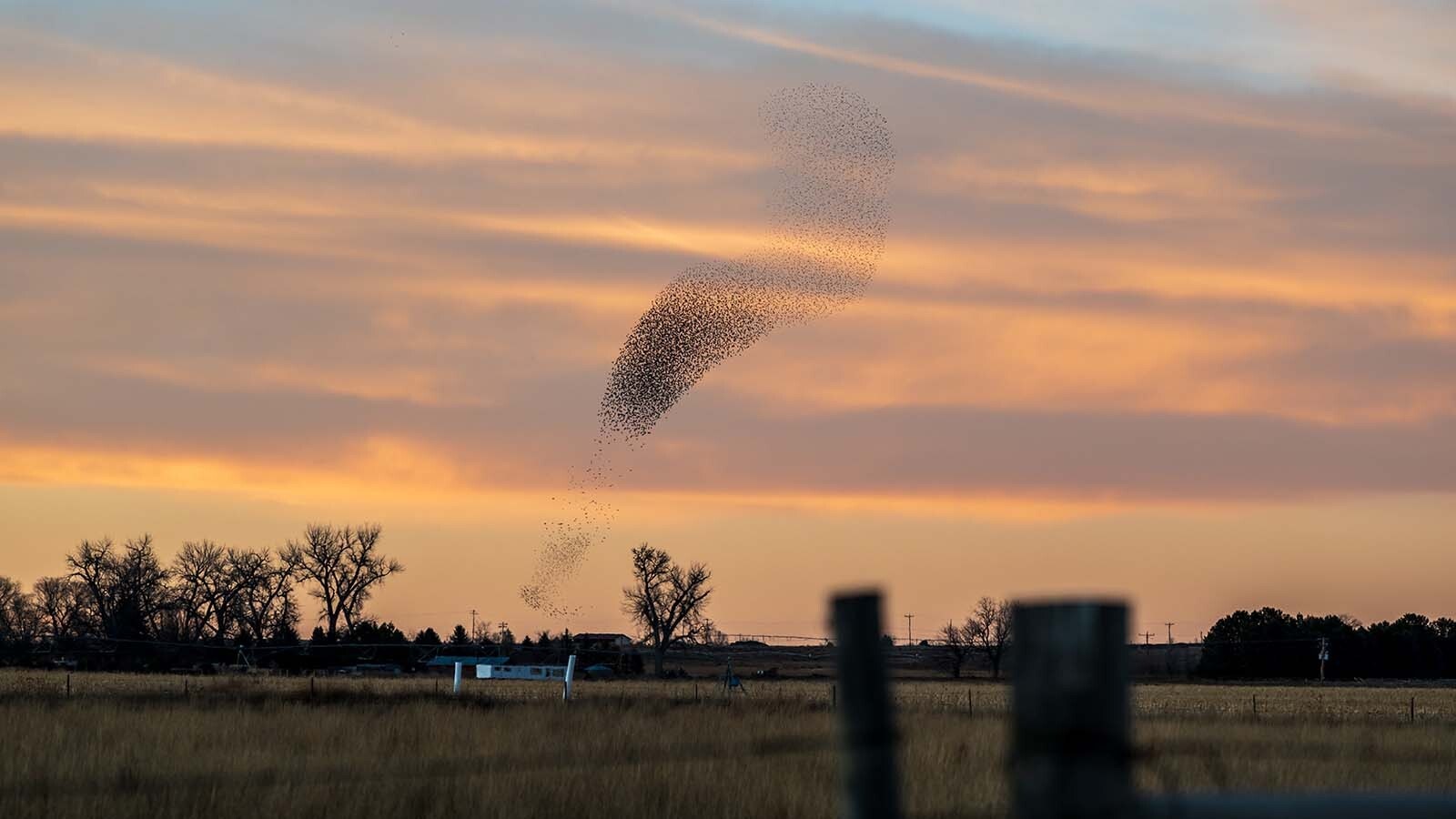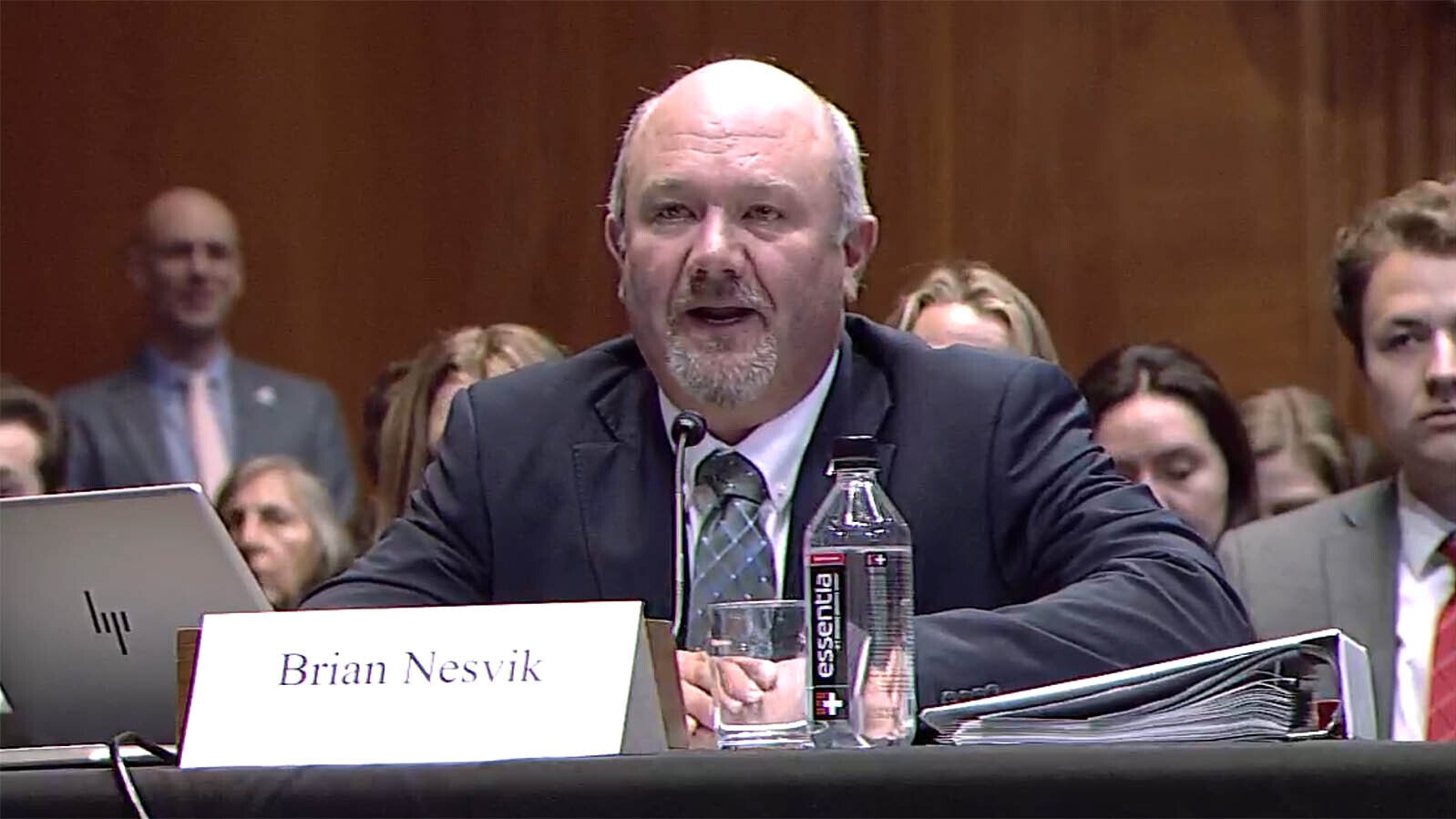Patching together various hiking and biking trails into a roughly 500-mile continuous stretch across Wyoming – as part of a larger coast-to-coast trail – is going to be no easy task, a trail enthusiast said.
The Wyoming route would be part of the Great American Rail Trail, running 3,700 miles between Washington State and Washington D.C.
“I’ve done a lot of trails, and almost every one has a community group behind it” with local volunteers to maintain them, outdoors enthusiast Amber Travsky of Laramie told Cowboy State Daily.
She was one of the driving forces behind the roughly 22-mile Medicine Bow Rail Trail, which runs across parts of Albany County to the Colorado border and opened in 2007.
Given the amount of time and effort that went those 22 miles of trail, 500-plus miles will be a daunting task indeed, Travsky said. But she thinks it can be done.
“Little by little, piece by piece, it would be so cool if they made it all the way across the country,” she said.
A Big Vision
Rail trails are non-motorized paths the run along old railroad beds.
A project was launched about five years ago to patch together these trails across multiple states to make one continuous coast-to-coast route, said Kevin Belle of Washington, D.C., a spokesman for the Rails-to-Trails Conservancy. He’s the project coordinator for the Great American Rail Trail.
There’s no set date for when the trail might be complete, he told Cowboy State Daily.
And in Wyoming, it’s still only in the initial stages, with about 20 miles completed so far.
“New trails come online (as part of the cross-country route) every day, but in Wyoming, there just isn’t that density of old rail beds like there is in some of the states back East,” he said.
Even so, some existing state and municipal bike paths and hiking trails could be tied in, Belle said.
For now, the focus is on a stretch between Casper and Douglas, he said. Completing that could act as a “catalyst,” causing the effort to snowball across Wyoming.
Roughly 10 miles of existing trail in and near Edness K. Wilkins State Park near Evansville could be included, said Caleb Own, the non-motorized trail program manager for Wyoming State Parks, Historic Sites and Trails.
He said he’s “heard some rumblings about” the Great American trail, and “there’s still a lot of blank areas that need to be done in Wyoming.”

Easy To Use
Where new sections of trail need to be built the preferred standard would be for pavement, “crushed pebbles” or improved dirt surfaces,” Belle said.
“Ideally, the routes should be wheelchair accessible,” he said.
It’s also hoped the trail system will run through or near campgrounds along the way, or through towns with hotels and motels for travelers wanting more comfort, he said.
Belle said his group is working with municipalities like the city of Douglas and private groups like trail clubs in the targeted area of Wyoming. Ultimately, the project will come down to a coordinated effort among independent entities.
“Really, we consider these trails to be 12 states’ trails interconnected in a coast-to-coast network,” he said.
Trust Fund Could Play A Part
Money for many sections of the trail might have to be raised locally, Belle said.
Travsky agreed that fundraising can be one of the more challenging aspects of getting the ambitious project built. Funding from the U.S. Forest Service helped with the Medicine Bow Rail Trail.
Belle said tapping into Wyoming’s newly established $50 million outdoor recreation trust fund could help.
“We really commend the Wyoming Legislature for passing that,” he said.
Property Rights Could Be A Challenge
Cutting across Wyoming, particularly in the eastern part of the state where much of the land is privately owned, could inevitably have the trail project running into entanglements with property rights, Travsky said.
That’s what happened with the Medicine Bow Rail Trail. A property owner in the Fox Park area of Albany County refused to grant easement across his land, she said. Ultimately, the trail had to be rerouted along a stretch of Forest Service road.
“We really didn’t like the idea of having to put people on a road with motorized traffic, but it’s only about a half-mile stretch,” she said.
Similar compromises might have to be made along the Great American Rail Trail, Travsky said, adding that in the end, it will be worth it.
“If it comes to fruition, I’ll be one of the first ones on it, that’s for sure,” she said.





